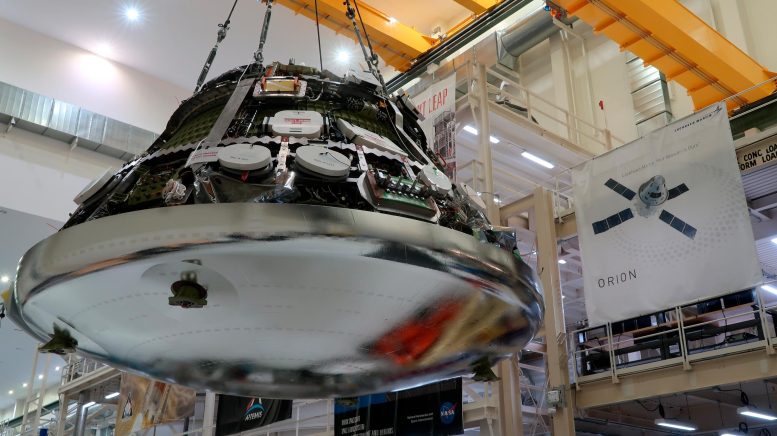
Integration of the crew and service modules for the Artemis II Orion spacecraft was recently completed at NASA’s Kennedy Space Center in Florida. Photo credit: NASA
On October 19, the Orion crew and service modules for the Artemis II mission were joined together inside the Neil Armstrong Operations and Checkout Building at NASA’s Kennedy Space Center in Florida.
After successfully completing hardware installations and testing over the past several months, engineers connected the two major components of Orion that will fly NASA astronauts Reid Wiseman, Victor Glover, and Christina Koch, along with CSA (Canadian Space Agency) astronaut Jeremy Hansen on a mission around the Moon and bring them home safely.
Now that the crew and service modules are integrated, the team will power up the combined crew and service module for the first time. After power-on tests are complete, Orion will begin altitude chamber testing, which will put the spacecraft through conditions as close as possible to the environment it will experience in the vacuum of deep space.
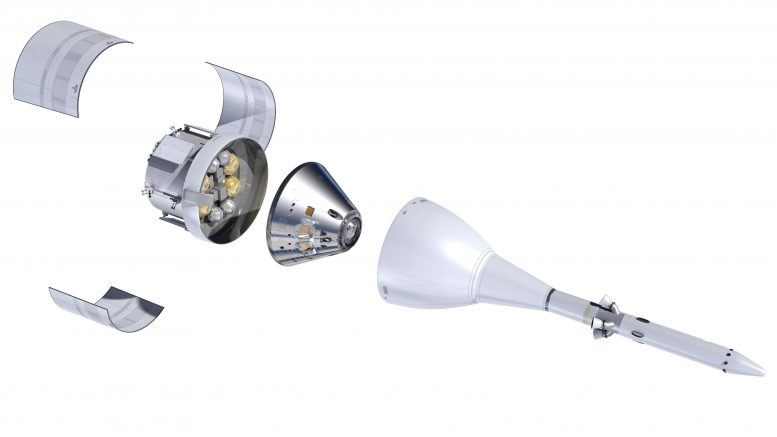
An artist’s impression of the Orion spacecraft with ESA’s service module. The module sits directly below Orion’s crew capsule and provides propulsion, power, thermal control, and water and air for four astronauts. A number of elements are required only during launch and are discarded shortly before entering space. The Spacecraft Adapter attaches Orion to its launch vehicle. The Spacecraft Adapter Jettisonable Fairings offer aerodynamic protection during launch. When the vehicle is high enough above Earth, the fairings are jettisoned to fall into the ocean. Credit: NASA
The Orion spacecraft, developed by NASA, represents the pinnacle of modern space exploration technology, destined to carry astronauts further into the cosmos than ever before. Designed for long-duration, human-rated deep space missions, Orion is set to be a cornerstone of NASA’s ambitious plans to send humans to the Moon, Mars, and potentially even beyond. The spacecraft consists of two main components: the Crew Module, where astronauts live and work, and the Service Module, which provides life support, propulsion, and other essential systems for the crew.
Orion’s Crew Module, boasting state-of-the-art life support systems, can accommodate up to six astronauts for 21 days in deep space. This capability ensures the crew’s well-being while they’re detached from other support structures, such as a lunar gateway or deep space transport vehicle. The spacecraft’s Service Module, developed in collaboration with the European Space Agency (ESA), furnishes the Crew Module with essentials such as propulsion, power, temperature control, and water.
The Orion spacecraft marks a new era of space exploration, building upon the legacy of the Apollo and Space Shuttle programs.


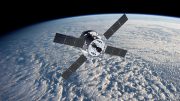
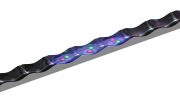


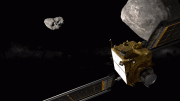
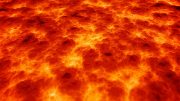

Be the first to comment on "Artemis II Spacecraft Progress: Orion Crew and Service Modules Joined Together"